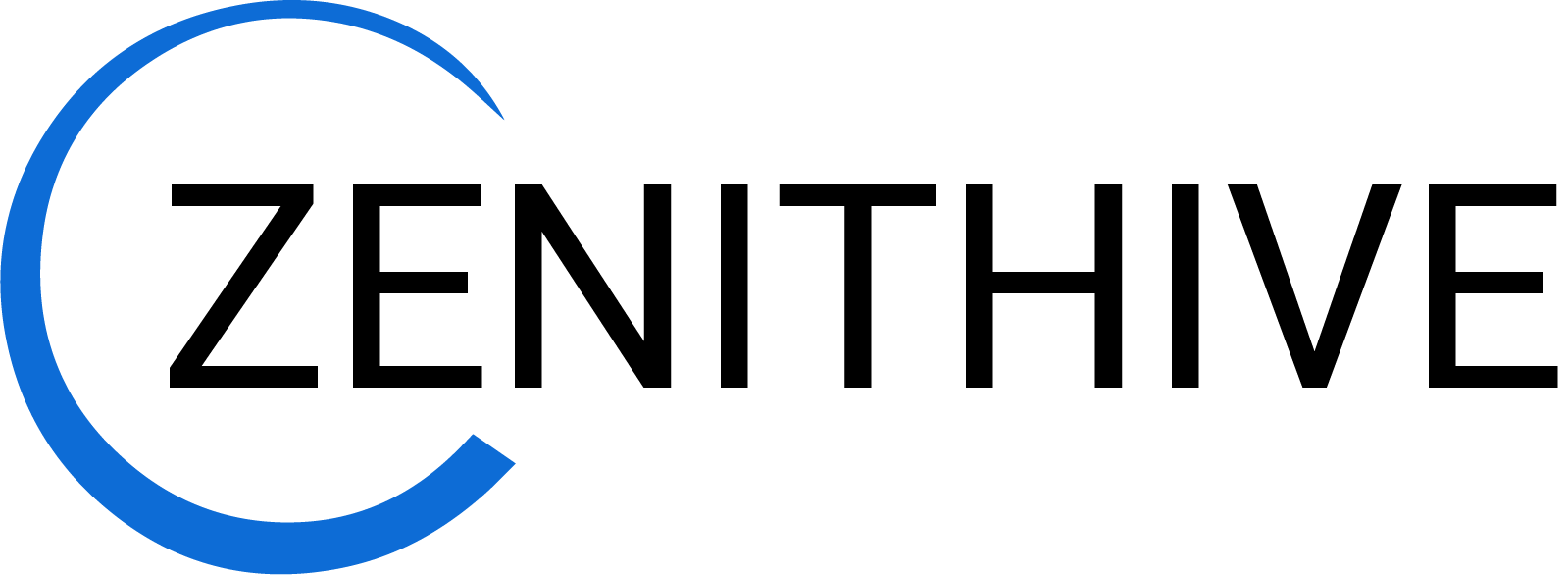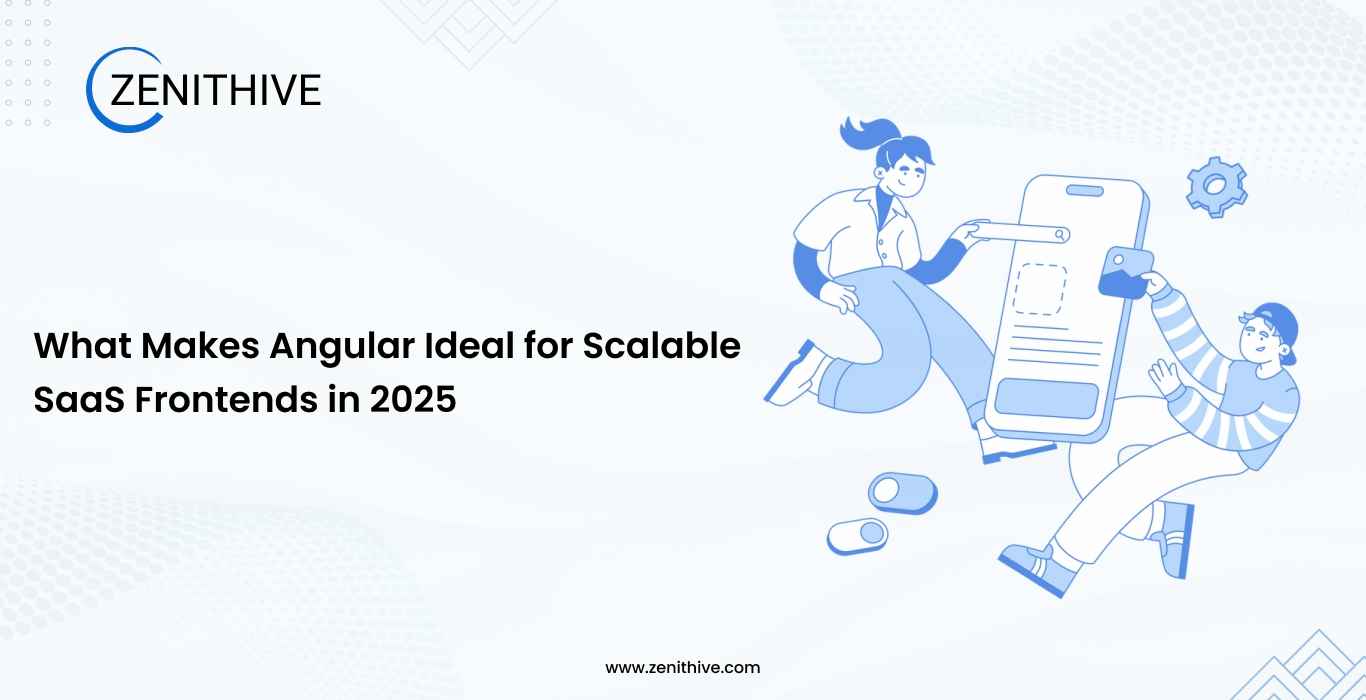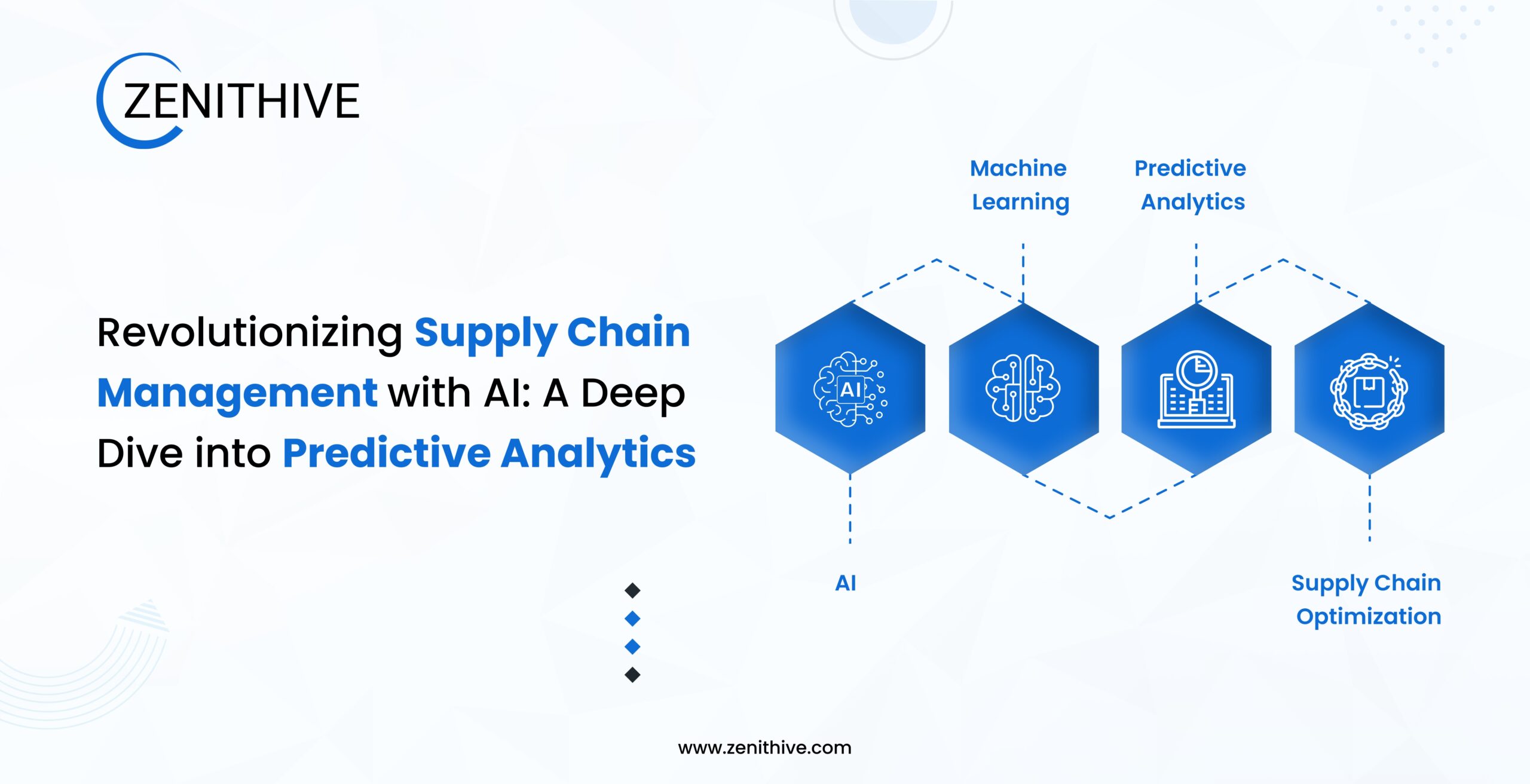Introduction
The SaaS world in 2025 looks very different from what it was even a few years ago.
Modern software platforms are no longer built for a single user group or static workflow. They’re dynamic ecosystems—serving thousands of concurrent users, offering real-time insights, and integrating with dozens of APIs.
To keep up, the frontend layer must evolve too. It’s not just about building “beautiful interfaces” anymore. It’s about creating scalable, maintainable, and high-performance experiences that grow with your product and your customers.
While frameworks like React, Vue, and Svelte continue to gain traction, Angular remains the strongest contender for large-scale SaaS applications. Its opinionated architecture, robust tooling, and enterprise-grade stability make it a top choice for SaaS builders who think long term.
Let’s explore why Angular continues to lead the way in 2025 ,and why at Zenithive, we use it to power some of the most complex SaaS frontends we build.
The SaaS Frontend Challenge in 2025
SaaS applications today are under pressure from every direction.
Customers expect instant performance, seamless responsiveness, and zero downtime. Development teams are often distributed across time zones. Product managers demand rapid feature rollouts.
The result?
A complex web of frontend challenges that demand scalability at both code and performance levels.
Here are a few examples:
- Frequent feature releases: Every sprint adds new modules and components that must fit seamlessly into the existing UI.
- Large user roles and permissions: Different dashboards for admins, managers, vendors, and clients—all in one app.
- Real-time data processing: Live charts, notifications, and streaming data require efficient rendering.
- Device diversity: Everything must work equally well on laptops, tablets, and mobile screens.
Without a solid architecture, SaaS frontends quickly collapse under technical debt.
That’s why teams building for scale look beyond flexible frameworks ,they look for structured ones.
And Angular’s opinionated, full-stack architecture is built exactly for that.
Angular’s Core Advantage: Built for Enterprise-Grade Scalability
Angular is not just a UI library. It’s a complete framework engineered for enterprise-level web applications.
From day one, Angular enforces consistency ,every project follows the same architectural pattern, the same dependency structure, and the same testing methodology. This might sound restrictive at first, but for growing SaaS teams, it’s a blessing.
Here’s what makes it special:
- TypeScript Foundation: With TypeScript as its core, Angular brings type safety and early error detection. It helps avoid runtime issues and improves long-term maintainability.
- Angular CLI (Command Line Interface): It automates project setup, testing, builds, and deployment pipelines. Developers can scaffold components, modules, or services within seconds ,maintaining uniformity across teams.
- Predictable Architecture: Unlike unopinionated frameworks, Angular ensures that every project follows the same modular structure. This predictability keeps codebases clean even after years of scaling.
- Two-Way Data Binding: Keeps the model and view in perfect sync ,crucial for data-intensive SaaS dashboards.
At Zenithive, our teams rely on Angular’s CLI-driven workflow to maintain large-scale projects where multiple developers contribute simultaneously. The result? Minimal merge conflicts and a consistent coding style across the organization.
Modular Architecture: Scaling Without Code Chaos
Every successful SaaS product evolves ,new dashboards, new workflows, new integrations. But with each addition, the frontend architecture becomes harder to manage.
Angular solves this elegantly with NgModules ,a modular system that allows you to separate features, shared utilities, and services into well-defined sections.
Here’s why it matters:
- Each feature (e.g., Admin, User Dashboard, Reports) lives in its own module.
- Modules can be lazy-loaded, meaning they only load when needed ,improving initial load speed.
- Shared modules host reusable components, pipes, and directives accessible across the app.
This structure is ideal for large SaaS platforms that continue to evolve.
For example, when Zenithive developed a multi-tenant analytics platform, our team split the app into domain-specific modules. New features could be added or updated independently ,without touching the entire system.
The result: cleaner builds, faster updates, and zero code collisions between teams.
Reusable Components and Consistent UI
In SaaS development, UI consistency equals credibility. Users expect every page, button, and chart to look and behave identically ,across multiple roles and workflows.
Angular’s component-based architecture ensures that.
Each UI element ,from a sidebar to a filter dropdown ,is an independent, reusable component.
Paired with Angular Material or a custom design system, this enables:
- Consistent look and feel across all pages.
- Faster onboarding for new developers ,they just plug and play existing components.
- Easy maintenance ,update one component, and the change propagates everywhere.
- White-label flexibility ,ideal for multi-tenant SaaS models where branding or layout changes per client.
At Zenithive, we often create “component libraries” for our SaaS clients ,prebuilt sets of buttons, charts, and layouts. This allows us to deliver new features up to 40% faster while maintaining pixel-perfect consistency.
Performance & Real-Time Data Handling
Performance is everything in SaaS. A delay of even a second in loading dashboards or reports can frustrate users and affect retention.
Angular’s architecture gives developers full control over how the DOM updates, how data flows, and how components re-render.
Some of the performance enablers include:
- Change Detection Strategies (OnPush) – ensures components only update when data actually changes.
- Ahead-of-Time (AOT) Compilation – precompiles code before runtime, cutting down startup delays.
- Ivy Rendering Engine – lightweight, faster, and more memory efficient.
- RxJS Integration – handles real-time data streams and asynchronous operations seamlessly.
In one of our crypto dashboard revamp projects, Zenithive used Angular with RxJS to manage live price updates from APIs every few seconds ,without compromising the UI smoothness.
The combination of efficient change detection + observable streams delivered a fluid experience even with thousands of live updates per minute.
Enterprise-Ready Features: Security, Testing & Tooling
Scalability is not just about performance ,it’s also about maintainability, security, and testability.
This is where Angular outperforms almost every alternative.
- Security Built-In
Angular automatically protects against Cross-Site Scripting (XSS) and Cross-Site Request Forgery (CSRF). Its sanitization process ensures that unsafe data never gets rendered in the DOM. - Comprehensive Testing Support
With tools like Karma, Jasmine, and TestBed, developers can test every unit, component, and service right from the start. The framework encourages test-driven development ,making regression bugs rare even after multiple releases. - Dependency Injection (DI)
Angular’s DI system simplifies service management and testing. Each module can have its own injectable services without interfering with global logic. - DevOps Integration
Angular CLI’s commands integrate seamlessly into CI/CD pipelines using Jenkins, GitHub Actions, or GitLab CI.
At Zenithive, we maintain automated pipelines that run linting, testing, and build validation before any Angular app goes live.
Together, these features make Angular a production-grade, enterprise-ready choice for SaaS development.
Future-Proof: Angular’s 2025 Roadmap & Ecosystem
One reason Angular has stayed relevant for over a decade is its commitment to continuous evolution.
Angular 18+ (the current 2025 version) introduces powerful enhancements:
- Hydration and Server-Side Rendering (SSR) for ultra-fast initial loads.
- Standalone Components that reduce boilerplate and simplify project structure.
- Improved Build Speeds with esbuild integration.
- Signals API for more efficient reactivity and data flow.
- Streamlined documentation and tooling for better developer onboarding.
These updates make Angular leaner and faster than ever ,while preserving backward compatibility.
For SaaS founders planning for longevity, Angular’s roadmap guarantees stability, performance, and active community support for years to come.
Case Example: How Zenithive Scales SaaS Dashboards with Angular
At Zenithive, we’ve worked on multiple SaaS platforms where frontend scalability was the deciding factor.
One recent example:
A client in the analytics and reporting domain approached us with a challenge ,their existing React-based frontend struggled with performance as the dataset grew.
We rebuilt the frontend using Angular + RxJS + Golang backend.
Here’s what changed:
- Modularized architecture reduced code complexity by 35%.
- Lazy loading improved dashboard load time by 48%.
- Angular Material brought instant UI consistency across 20+ pages.
- AOT compilation and OnPush detection made real-time chart updates smooth.
The result:
The product scaled from a single-region MVP to a global SaaS platform serving 15,000+ users ,without a single rewrite.
Angular helped us future-proof the platform and keep releases predictable, even as the team size doubled.
When Angular May Not Be the Best Fit
No framework is perfect, and Angular is no exception.
For small SPAs, landing pages, or apps where you need complete creative flexibility and minimal setup, Angular might feel heavy.
Frameworks like React or Svelte can be faster for small projects with limited structure.
But if your goal is to build a long-term SaaS platform with multiple user roles, real-time features, and continuous scaling ,Angular delivers unmatched stability, structure, and maintainability.
At Zenithive, we combine Angular’s structured frontend framework with Golang’s powerful backend performance to build SaaS products that scale seamlessly ,from MVP to enterprise.
If you’re planning to modernize or scale your SaaS product, our Angular experts can help you architect it right from day one.
👉 Talk to Our Angular Team



